There’s no denying that the English language may be challenging. It’s a miracle our brains can even read and spell with everything that goes into them. I believe that we often underestimate how difficult reading and spelling may be and that we expect children to be able to do so at an early age and without much specific training.
By teaching the alphabet and letter sounds, kindergarten instructors frequently do an outstanding job of preparing students for reading and writing. With phonological awareness exercises, they’re frequently doing an excellent job of teaching our language’s sound structure. This is an excellent place to begin with our pupils, but there is more work to be done.

Letter patterns must be taught in a methodical and progressive manner.
We need to move on to blends and digraphs once our pupils have mastered the alphabet and fundamental consonant and short vowel sounds. There is a significant difference between blends and digraphs.
Blends are two letters that are frequently seen together yet have a unique sound.
Through phonological awareness exercises (in this example, blending), we can teach our children how to mix two sounds. For example, /s/ + /t/might become/sssssssssssssssssssssssssst/. Our first example of teaching children to sound out words is by blending two letters together.

Digraphs are made up of two letters that are combined to make a new sound.
These patterns must be taught as orthographic (visual) patterns that must be learned. We must recognize TH as a unit that creates the sound/th/like in “this,” which is comparable to learning the alphabet and understanding that S says/s/.
It’s Vital that We Start Educating Explicitly Right Away.
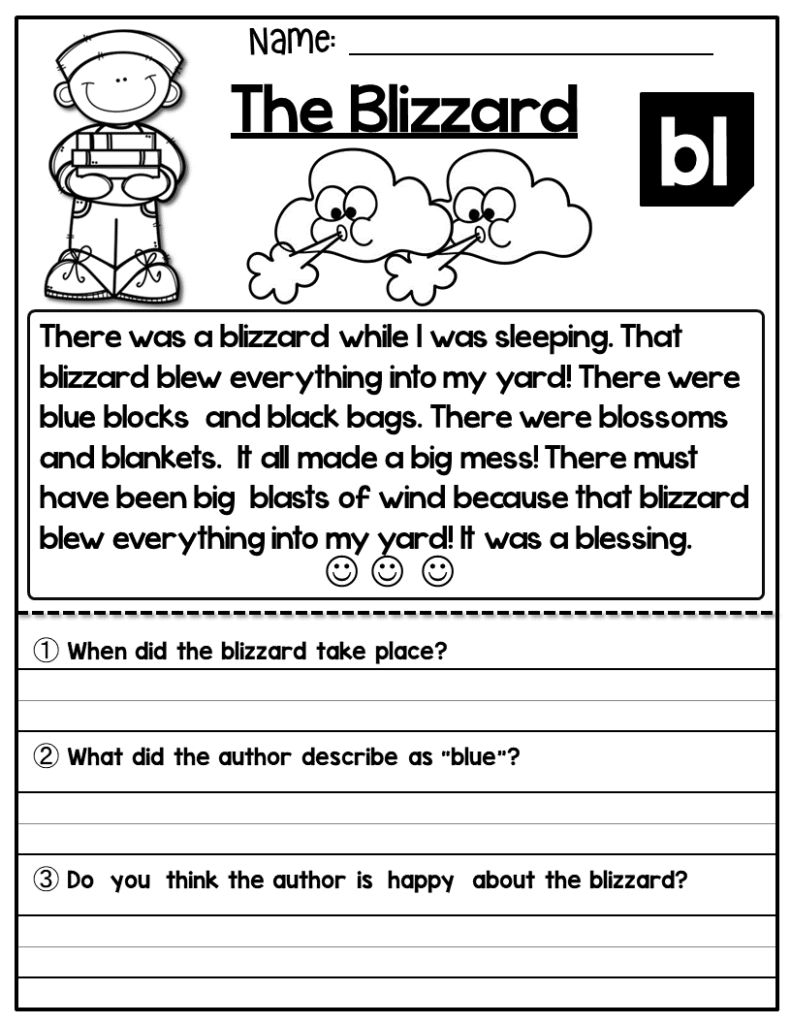
It’s critical to emphasize to kids from the start that our language is based on a triangle. Our brain processes information from the triangle. If we can help them understand that we use our eyes to see letter patterns (we don’t need to use fancy terms like orthographic processing, obviously) and our ears to hear sounds (we don’t need to tell them this is phonological awareness unless they’re older and learning this for the first time), and we use our experiences and knowledge of words to make meaning from the sounds we hear and letter pictures we see, we’ll be able to help them learn to read.

We present this triangle to even our youngest children to help them comprehend how all of the activities we perform are improving their skills in each of these categories. It’s critical to understand that teaching blends and digraphs necessitate the linkage of the triangle’s bottom two processors. If your kids are having trouble with blends or digraphs, we can help them by determining if the problem is an orthographic (visual letter) or phonological (sound pattern) breakdown.
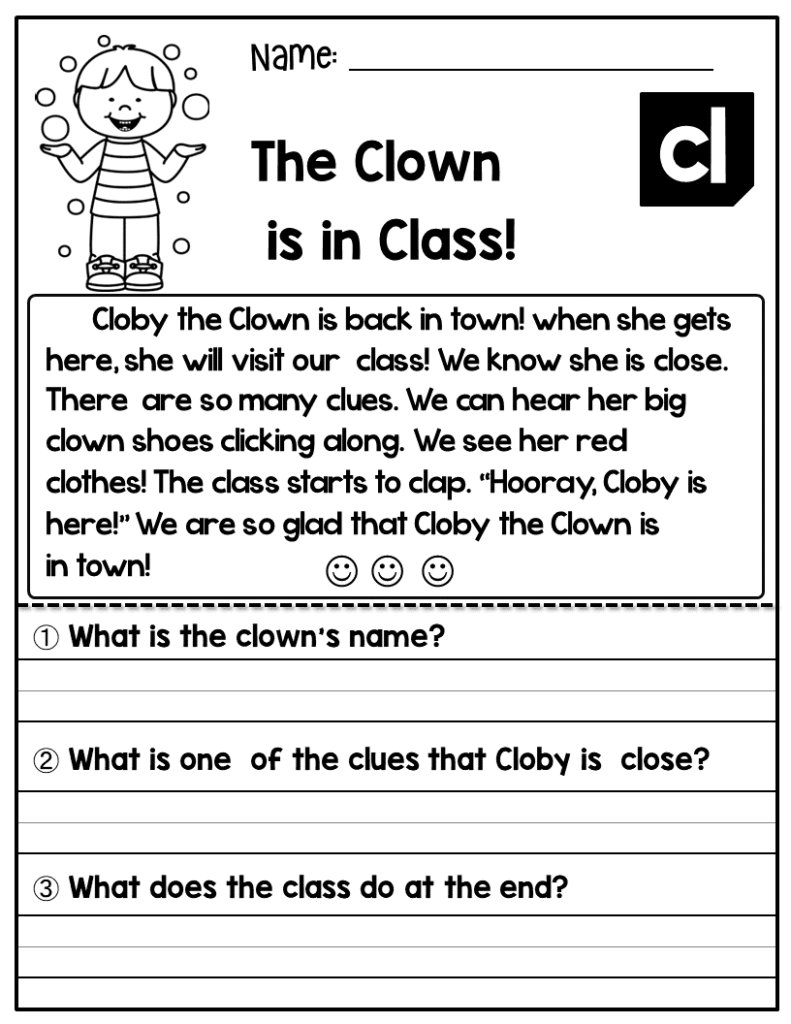
Blends and Digraphs in the Classroom
We like to make sure we’re teaching these patterns with activities that are both enjoyable and engaging. We begin by asking our kids to:
For in-person or virtual distance learning, blends and digraph paper, and digital activities, lessons, games, and resources.
1 – WRITE THE LETTERS WHILE PROVIDING THE SOUND THAT THOSE LETTERS MAKE.
This is the bottom of the triangle’s first link. The students next perform a phonological awareness assignment in which they:

2 – PRACTICE BLENDING THE ORALLY PROVIDED SOUNDS TOGETHER.
This is how the triangle’s phonological foundation is constructed. The pupils must then complete the following tasks:
3 – USE THE LETTER PATTERNS TO CREATE FAmiliar words.
This is how the triangle’s left side is constructed. Then there are our students:

4 – Begin decoding words by tapping out or pointing to each individual sound in the words, then blending them to create words.
This is the next step toward joining the triangle’s bottom. You may build on this by having students explain what these phrases imply, which will tie the triangle together.
Blends and digraphs in reading passages
5 – AFTER THAT, WE APPLY THOSE BEGINNING DECODING SKILLS.
It’s tempting to skip ahead to this phase since it’s here that we see all of our hard work come together in “real reading,” which we define as a generalization of reading small books and sentences. However, if you skip forward, your kids will lack a firm basis on which to grow.
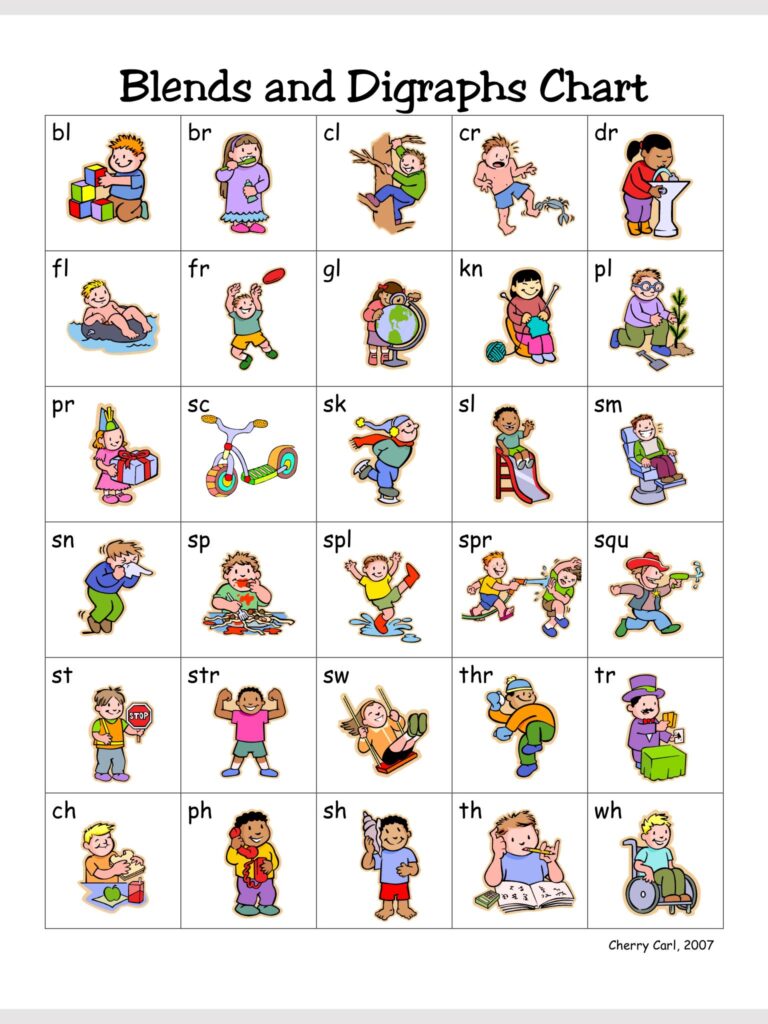
6 – COMPLETE THE AUDITORY DRILL AND IDENTIFY THE TARGET SOUNDS USING PHONOLOGICAL AWARENESS TASKS.
It’s also vital to concentrate on encoding using these patterns after decoding. Work with kids on detecting sounds to help them prepare for spelling (for example, what sounds do you hear in the word “halt” and what letters spell out/ch/). If you’re dealing with pupils remotely, an interactive exercise is highly recommended so they can move components around on the screen.

7—USE BLENDS AND DIGRAPHS TO PRACTICE SPELLING
We take care to directly demonstrate to children how the phonological awareness exercises and auditory drills apply to spelling while we’re working on spelling. If they are spelling the word “chat,” for example, we will ask them to break it down into sounds (they should answer “/ch,” “/a, and “t”) and then explain what creates those sounds.
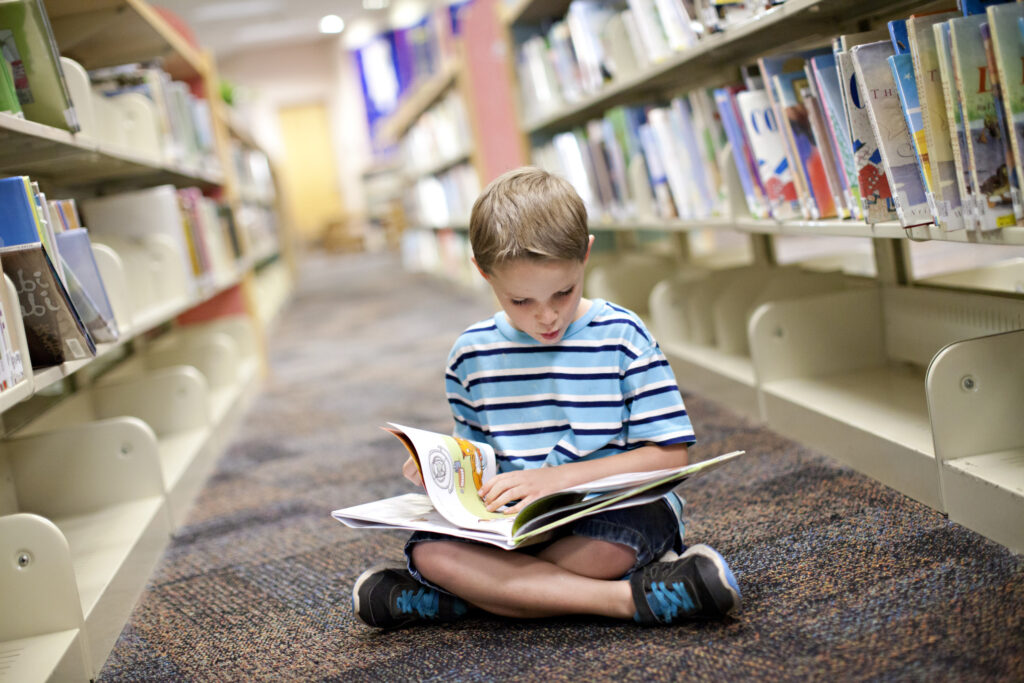
8–IN SENTENCES, APPLYING WORDS WITH BLENDS AND DIAGRAPHS
We want to practice applying these terms to higher-level activities in the same way that we applied them to higher-level tasks when reading. Giving students cards with the subject, predicate, and adverbial phrases (that include the desired blend/digraph) and having them compose a sentence before copying it down may be an option for kids who need extra help here.
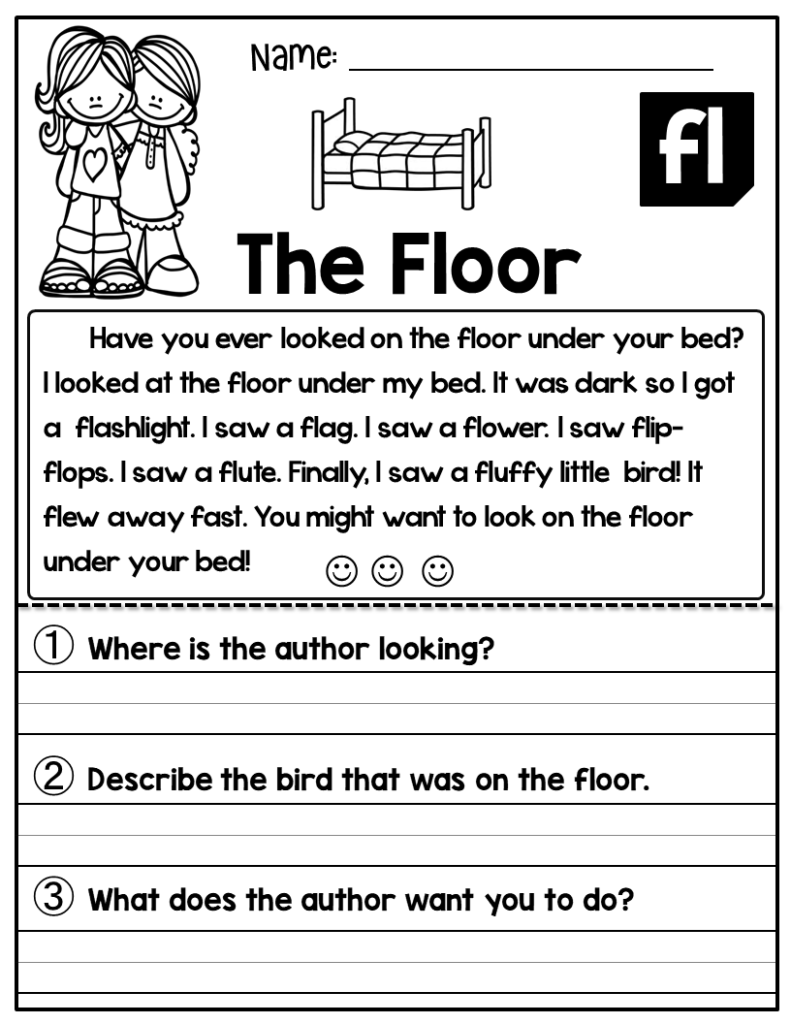
Description of The Worksheets Provided Here on Our Website: All the files are posted separately, but you can look for them here one by one.
Blends and digraphs Reading Passages are the perfect resource for any primary classroom teacher. They can be used for skill practice, reading comprehension, fluency, cold reading, assessment, homework, and more!
These blended and digraphed reading comprehension passages are great for distance learning, too!
Each passage focuses on one blend or digraph. It includes a story, a picture clue, and questions that require students to cite evidence. This is very useful for kids, and it’s really engaging for them.
Blend and digraph passages included:
Digraphs:
sh – beg
sh– end
th – beg
th – end
ch – beg
ch – end
●wh
●ph
——————–
Blends:
L Blends:
●bl
●cl
●fl
●gl
●pl
●sl
R Blends:
●br
●cr
●dr
●fr
●gr
●pr
●tr
S Blends:
●sc
●sn
●sp
●st
●sw

All the reading passages you see in the following picture are included here on our website. They are just uploaded separately to the site. If you enjoy these activities, just look for similar ones which are also listed here on our website.






